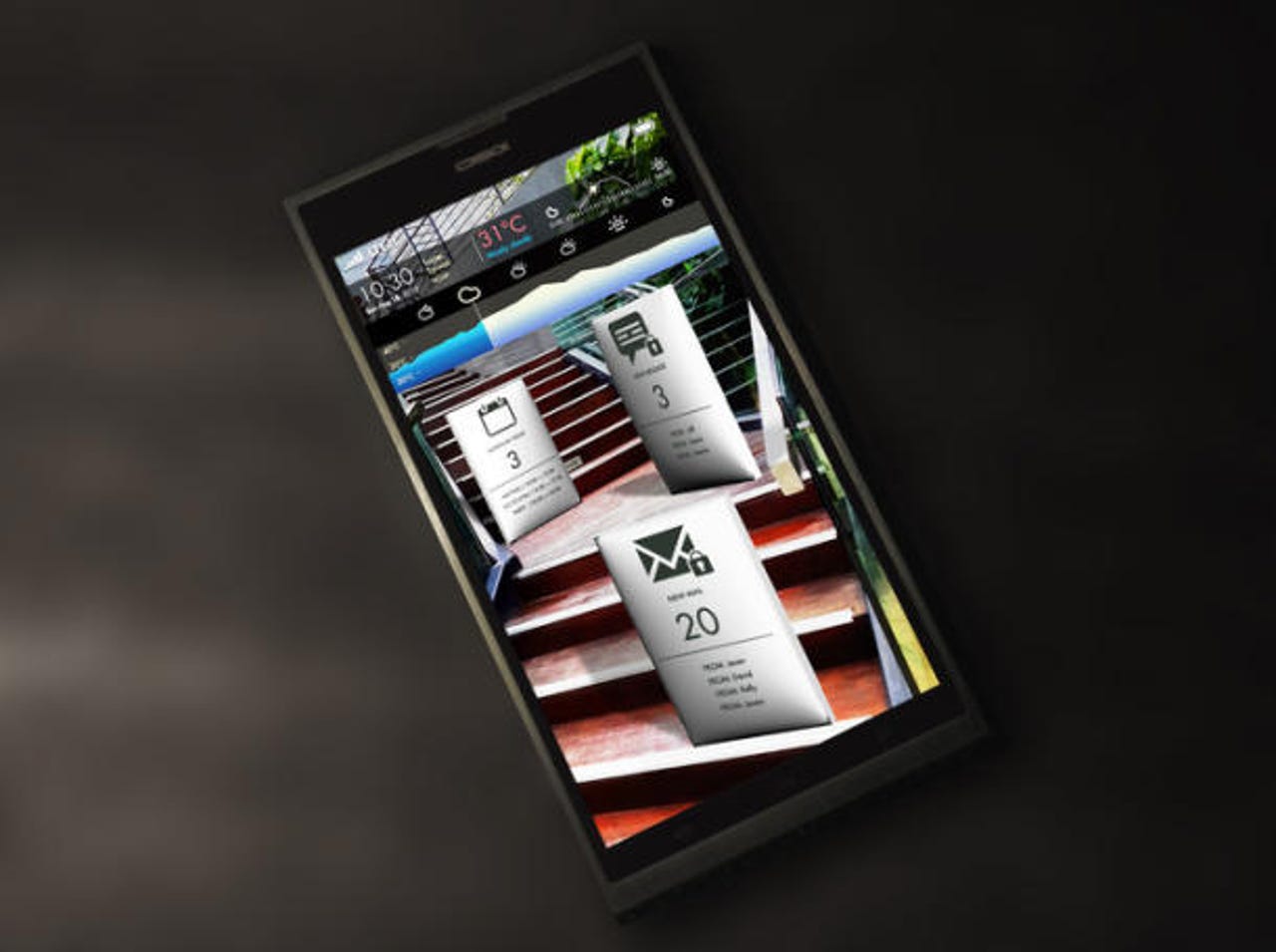Quasar IV Cipherphone: The smartphone with encryption built in

Startup QSAlpha, developer of advanced digital security solutions for mobile device users, has announced the launch of an Indiegogo crowdfunding campaign for its new secure Android-based Quasar IV Cipherphone.

The Quasar IV Cipherphone is being designed to enable users to access and protect their entire digital world—phone calls, email, mobile apps, SMS, cloud storage and more—using Quatrix.
LinuxCon
Quatrix combines trusted authentication and encryption by generating a pair of public and private keys for each user from 16x16x4 three-dimensional matrices, certifying the user’s unique identity and protecting the transmission of information. With 1077 public and private key pairs available, the company claims Quatrix can provide unique digital identities for the entire global cyberspace population.
“Anytime people exchange data through their smartphones, they take a risk. Unsecured mobile data and applications are the biggest dangers facing the digital world today,” said Steve Chao, founder and CEO of QSα in a statement.
But, by using this technology Quasar IV users will be able to make VoIP calls, as well as send/receive emails and text messages. Conventional smartphones authenticate data via public key infrastructure that is stored online. No matter how many times a user changes passwords, thieves and other unauthorized entities can impersonate a user’s identity if they gain control over the third party authentication server or by intercepting the "secure" communications enroute.
According to the company, "Quasar IV, by contrast, uses a seed public matrix stored on the user’s phone to compute and authenticate both ends of any communication event. The seed public matrix functions as a mediator, verifying the two identities and ensuring privacy for texts, emails, file transmissions and voice calls.
“If at all possible, cracking just one private and public key combination would be extremely difficult,” claimed Chao. “This is how Quasar IV, Quatrix and QuaWorks differ from any mobile security solution in the market.”
Featured
To use this technology, you'll need to use Quatrix enabled applications. These will be made available by the QuaStore, which features "apps that are digitally signed by the original developers to ensure they are free from the widespread malware and viruses that disrupt mobile phone use."
"Quatrix is a layer that runs on top of Android that protects Android from intrusion," said Shane Remington, co-founder of Peppermint Linux and QSAlpha CTO, in an Mountain Xpress interview, "It also protects your identity, and there are tools within Quatrix that will allow you to encrypt all of your conversations and everything you do on the Web."
Remington added that communications from a Quasar phone to a normal device will not be encrypted. So, to really use the phone correctly you'll need to use it with other people using other Quatrix-enabled devices. If your business has serious security concerns, these smartphones may well be worth the price.
The phone itself uses Android 4.3. It will include a 5-inch 1080p HD display, a 2.3GHz quad-core Qualcomm Snapdragon 800 CPU and either 64GB or 128GB encrypted local storage options. It also comes with 128GBs of encrypted cloud storage.
The Quasar IV will also pack 3GB RAM, a microSD card slot, and a 3,300mAh battery. It will also include dual rear facing 13-megapixel Sony cameras and an 8-megapixel front-facing camera.
The Quasar IV cipherphone and its QuaWorks ecosystem are expected to debut in April 2014. To get the phone itself off the ground, the company is seeking to raise 3.2-million dollars on Indiegogo. The Quasar IV will retail for $785, but the first 350 people to contribute $495 will also qualify for one.
Related Stories: